Scrap car recycling relies heavily on efficient, reliable processing equipment—scrap car crushers and shredders are the core of this system. The right equipment boosts metal recovery rates, cuts operational costs, and ensures compliance with environmental regulations; the wrong choice, however, leads to frequent breakdowns, lost profits, and regulatory fines.
This guide breaks down key technical details of scrap car crushers (the primary equipment) and car shredders (their supporting counterpart), helping you avoid procurement pitfalls and select tools that turn scrap into steady revenue.
I. Scrap Car Crushers: Core Components Determine Profitability
1. Crushing Chamber & Blades: Wear Resistance = Cost Savings; Precision = Efficiency
• The crushing chamber must be made of manganese steel plates ≥20mm thick (Mn content 11-14%), with a chromium carbide overlay on the inner lining (overlay thickness ≥5mm, hardness HRC ≥60) – this ensures the chamber wall won’t deform even after repeated impacts, saving you the cost of replacing the chamber for at least 3 years.
• Blades require a "forged blade body + cemented carbide tip" configuration: The blade body is made of 42CrMo (hardness HRC 28-32 after quenching and tempering), and the tip uses YG15 carbide (purity ≥99.5%). Blade tooth profiles must be customized for different components (eagle-beak teeth for body panels, axe-edge teeth for frames).
For example, models handling heavy-duty trucks need multi-axis linked blade sets; those for small passenger cars are more suitable for low-speed, high-torque blade shaft designs.
2. Power & Transmission System: Stability = Uninterrupted Operation; Efficiency = Higher Profits
• Don’t skimp on the motor – choose NEMA Premium ultra-high-efficiency models (efficiency class IE4). Power should follow the formula: "75-110kW per cubic meter of crushing chamber volume" – otherwise, the equipment will either get stuck or waste electricity.
• The reducer must be AGMA Class 9 hardened gear type (transmission efficiency ≥96%), and bearings must be self-aligning roller bearings (e.g., Series 223), which automatically correct angular errors and are more durable for the crusher’s "low-speed, high-torque" workload.
For instance, the Sino-German joint venture Yuxi model uses a permanent magnet synchronous motor + planetary gear reducer, reducing startup impact by 40% and cutting annual electricity costs by 18%.
3. Auxiliary Systems: Environmental Compliance & Safety = No Fines + Less Maintenance
• The hydraulic system uses a piston pump (pressure 16-25MPa) + accumulator, with API CF-4 anti-wear hydraulic oil. It adjusts blade clearance and opens the crushing chamber – a breakdown will halt production for at least 1 day.
• Dust removal requires a pulse bag filter (filtration accuracy ≤10μm) combined with a negative pressure suction system, achieving a dust collection rate of over 99% – otherwise, environmental fines could cost you half the price of a new machine.
• The water cooling system is a hidden benefit: It circulates coolant for blades and transmission components, extending blade life by 30% – fewer blade replacements mean less downtime.
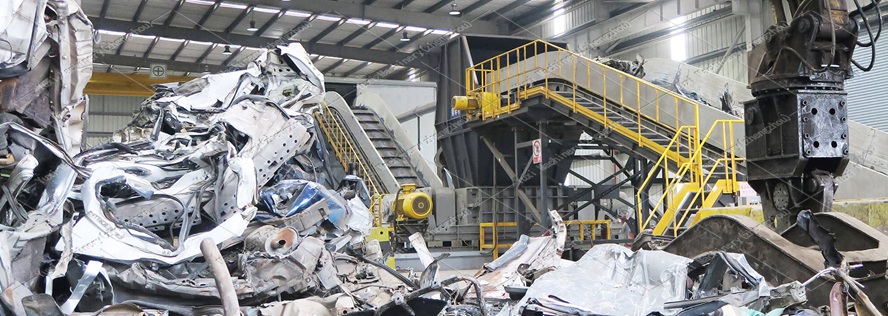
II. Car Shredders: The "Golden Partner" for Crushers – Don’t Cut Costs Here
Car shredders are pre-processing equipment for crushers, designed to tear entire scrap cars into "large chunks ≤500mm" to facilitate smoother feeding for subsequent crushing:
• They feature a dual-shaft shredding structure with adjustable shaft spacing (50-200mm). Blades are SKD11 S-shaped claw blades (hardness HRC 58-62), which efficiently tear thin components like car bodies and doors.
• The advantage is eliminating pre-processing steps like "compacting or flattening", increasing subsequent crusher efficiency by 40%. Note: Shredded chunks still need further crushing to separate iron, aluminum, and plastic for higher resale value.
III. 3 Critical Questions to Clarify Before Procurement
1. Will small workshops cut corners when customizing equipment?
Yes! They often pass off ordinary carbon steel as manganese steel and use second-hand refurbished motors. Equipment may get jammed or lose blades after just 3 months of use. The solution is to request material test reports (check Mn content and hardness) and motor nameplates, and prioritize manufacturers that provide "full-load test videos".
2. Is it feasible to buy only a shredder without a crusher?
No! Shredded materials will be too coarse, leading to price cuts from downstream recyclers and a 15% lower metal recovery rate than competitors. A "shredding + crushing" production line is essential to separate iron, aluminum, and plastic for higher resale value.
3. Will untested equipment fail after commissioning?
Yes! Equipment may get stuck or have broken parts when overloaded by 20% or underloaded by 20%. Before procurement, ask manufacturers if the equipment has undergone "168-hour full-load testing" and "drop hammer impact wear testing".
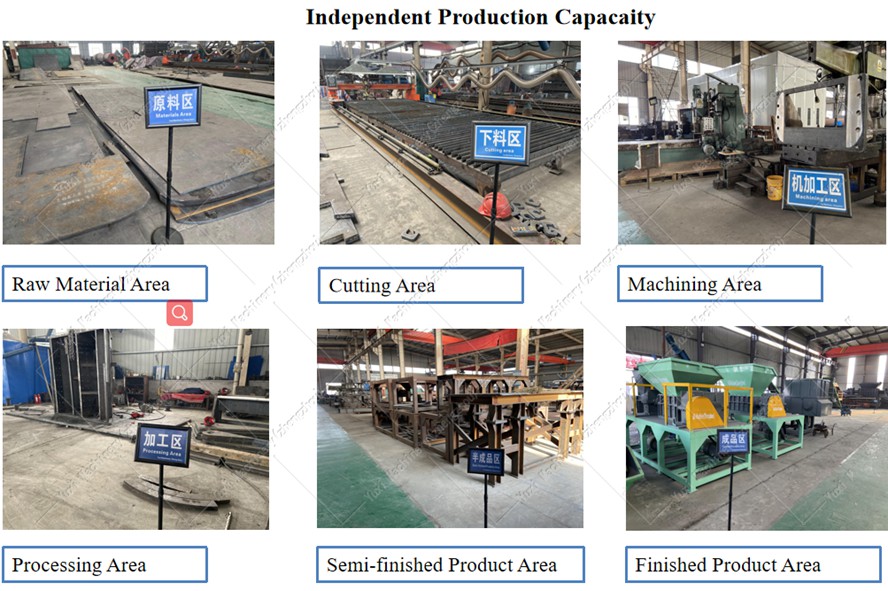
In summary, selecting scrap car crushers and shredders essentially involves triple screening: "material reliability, process precision, and test completeness". Identify core configurations such as manganese steel crushing chambers, NEMA Premium motors, and self-aligning roller bearings. Prioritize manufacturers with laser alignment assembly, full-condition debugging, and extreme condition testing to turn equipment from a "cost item" into a "profit item". Sino-German joint venture manufacturers like those producing the Yuxi model are excellent partners for recycling enterprises of all sizes, as they integrate German precision manufacturing with local supply chain advantages and support small-batch customization. For those interested, request process manuals and on-site videos to verify equipment suitability before proceeding with cooperation.
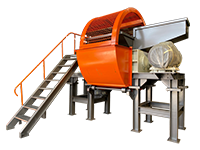 Shredding Machine
Shredding Machine
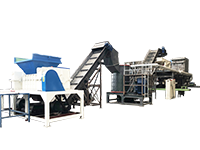 Waste Recycling Line
Waste Recycling Line
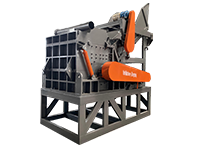 Optional Equipment
Optional Equipment


